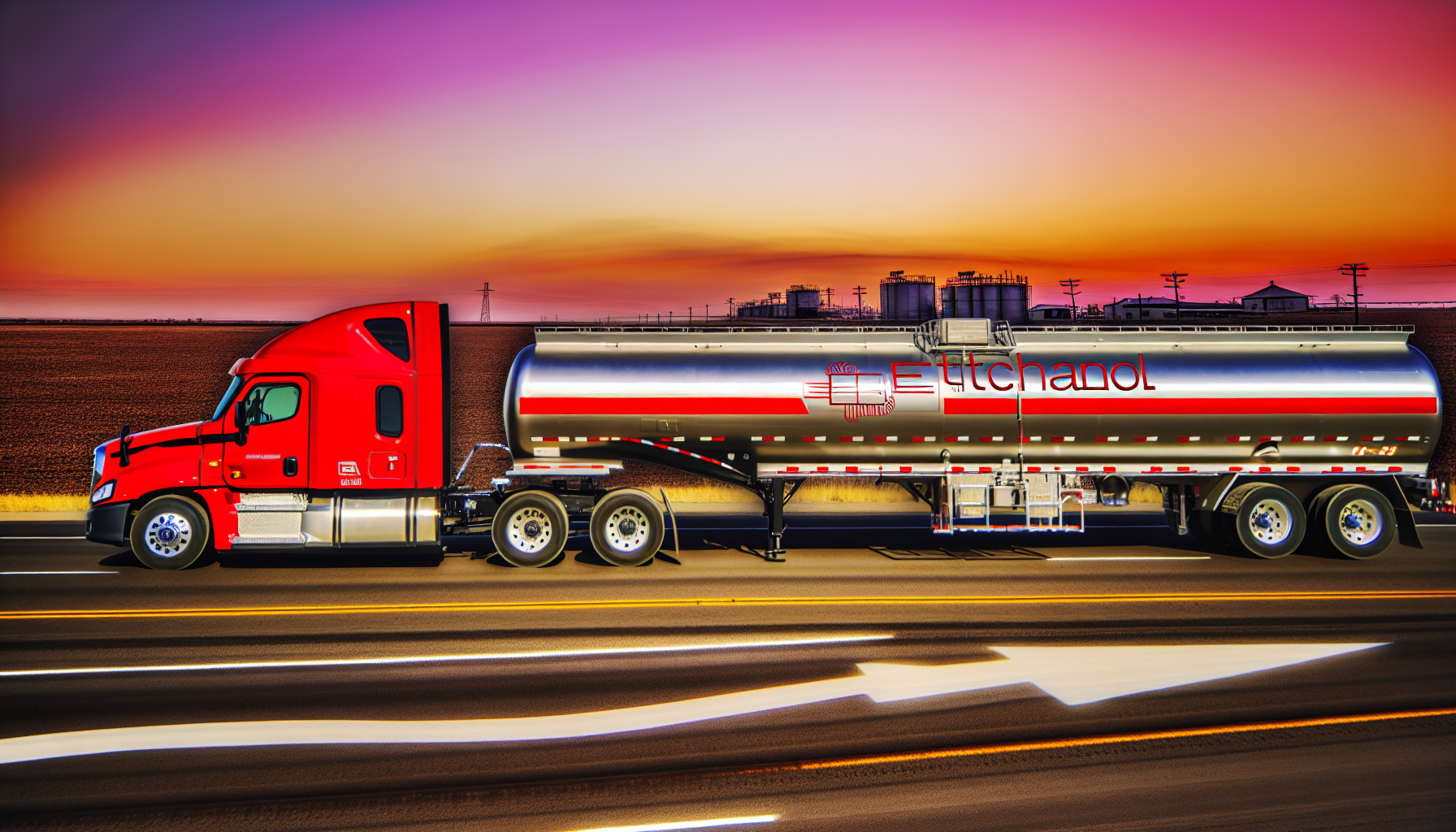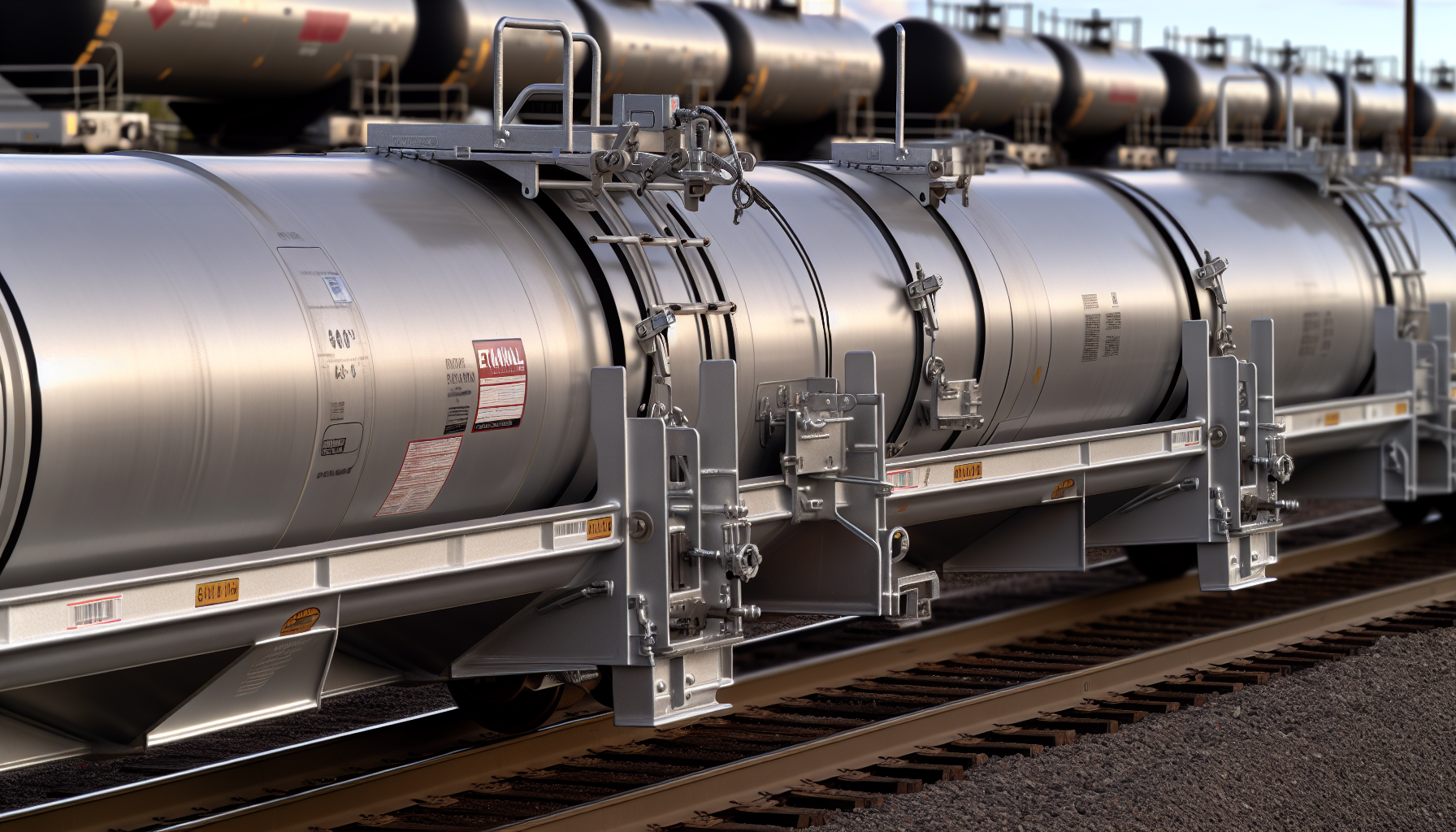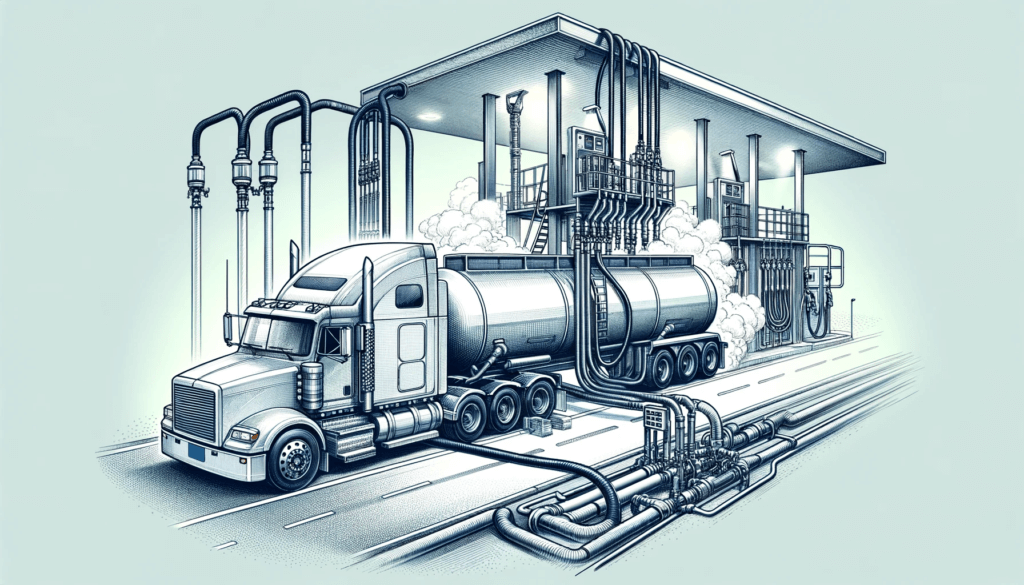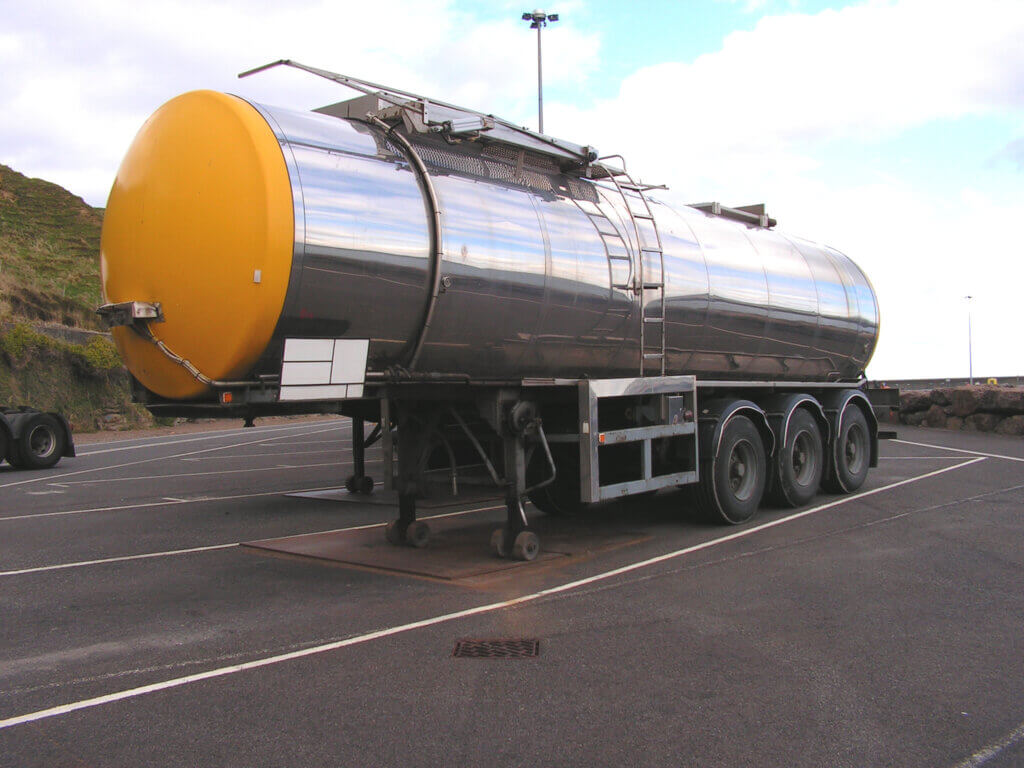A slight deviation from the established procedures within the logistics sector can result in severe disarray. For this reason, a bill of lading stands as the thin line between order and chaos. A bill of lading is a comprehensive record of goods that a shipper submits to the consignee before freight transportation. It serves a dual purpose as it acts as both a confirmation of receipt and a detailed set of instructions for the delivery process.
The significance of the bill of lading lies in its ability to facilitate safe, precise, and legal shipping arrangements, making it a crucial document for any transportation activity. Yet, not all BoLs are the same. We explore one form that every party associated with the logistics sector should know about – a straight bill of lading.

What Is a Straight Bill Of Lading
A straight bill of lading, or non-negotiable BoL, is a shipping document that specifies the details of freight in transit from one location to another. It is a legal contract between the shipper and the logistics company, which outlines the terms and conditions of transportation.
Unlike a negotiable BoL, which can be transferred to a third party, the straight BoL is a lot more rigid because it is only issued to a named shipper and is not transferable. With a straight BoL, a shipper or agent only releases the shipment to the named consignee, and no other party has the right to take possession of the shipment.
A straight bill of lading is commonly used for pre-paid shipments or where the shipper and consignee are the same entity, as it provides a record of the shipment’s details and the agreed-upon terms and conditions of freight transportation. It’s also beneficial when the load’s destination does not need a negotiable BoL, such as when the shippers trade the freight in transit.
How Does Straight BoL Work
When a straight BoL is used, the shipper must first identify the most suitable mode of transportation for their items. Once they determine the shipping method, all parties involved in the logistics process agree upon the shipping requirements and details.
The shipper is responsible for preparing the straight BoL, which includes details such as the consignee’s name and address, the shipment’s origin and destination, a freight description, and any special handling or delivery requirements. The shipper then delivers the freight to the shipping line, confirming the details and signing the BoL.
Upon arrival at the destination, the consignee confirms the shipping receipt by signing the BoL, after which the shipping line releases the freight based on specific instructions in the BoL. This document is not limited to domestic transactions but can also be used for international trade. Furthermore, it is also quite flexible as regards different transport modes.
A straight bill of lading is a versatile shipping document that works for various types of shipping transactions and modes of transportation. It serves as a record of the agreed-upon agreement between all parties involved in the shipping process. The straight BoL features various components, including the following;
- Name and address of the shipper
- Address of the consignee
- Shipping dates
- Amount of the consignment
- Precise weight of the consignment
- Value of the consignment
- Freight classification
- Shipping requirements
- Payment terms and conditions
- Signature and dates
Benefits of A Straight Bill Of Lading

While this type of BoL may be considered more restrictive than other types, there are still many benefits to using a straight bill of lading. Here are some of the advantages of using a straight BoL.
- Quicker Deliveries
When a straight bill of lading is used in the logistics sector, it offers several benefits to the shipper and the consignee. One significant advantage is that it allows the consignee to receive the goods directly from the carrier, eliminating the need for an original bill of lading. This helps to streamline the delivery process, as there are no delays from waiting for the original document to arrive.
A straight bill of lading also reduces the risk of demurrage or port storage fees. Consignees only need to provide valid identification confirming their identity as the shipment’s intended recipient to receive shipments. Once the logistics company confirms the consignee’s identity, they release the goods, allowing for a smooth and efficient delivery.
- Greater Accuracy
With a straight BoL, all parties know the transportation details before shipping the cargo. And these details remain the same once they have been agreed upon or when the shipment has departed. In this context, the rigidity of a straight BoL provides shippers and consignees with a high level of assurance regarding the delivery of goods to their intended destination.
By maintaining the agreed-upon shipping terms, shippers can rest assured that the consignee will receive the shipment according to the original plan. A straight BoL reduces the risk of unexpected delays or complications during transportation. Furthermore, by preventing the negotiation of BoL to a third party, shippers have greater control over freight in transit until it is released to the consignee.
Associated Risks
As with other aspects of shipping, a straight bill of lading also features some risks that shippers should consider. Here are some of the disadvantages of a straight BoL;
- Rigidity
When using a straight bill of lading, the shipper has less flexibility when the cargo is in transit. Once the shipping details have been agreed upon, the logistics company must deliver the shipment according to the specific information outlined in the BoL. A straight BoL requires a more deliberate and precise approach; hence, the shipper must undertake extensive planning and consideration to ensure accurate details.
- More Significant Risks
The significant difference between a straight bill of lading and a negotiable one is that the former does not require the consignee to present an original document to receive the shipment. While this can result in faster deliveries, it also introduces additional risks to the payment process, as shippers may only be willing to release cargo once they have received payment.
The risks of a straight BoL are even more significant for banks and other financial institutions. These institutions have less control over the shipment and may need help to monitor its progress as they can with a negotiable BoL. Hence, banks are more hesitant to finance such shipments, making it more challenging for businesses to secure the necessary funding for their transactions.
Conclusion
A straight bill of lading is a valuable tool in the transportation industry that serves as both a receipt and a list of instructions for freight transport. Under the right circumstances, this document can result in faster and more efficient deliveries. However, this strategy is more complex, and shippers should consider every factor and determine if a straight BoL is an ideal option for their needs.
Most organizations have also introduced a digitized straight bill of lading to mitigate some risks associated with paper-based documents. With this, companies can explore even faster and more secure deliveries at a reduced cost. Similar to every other aspect of shipping, the straight BoL features several pros and cons that shippers must consider before entering into any transaction.









